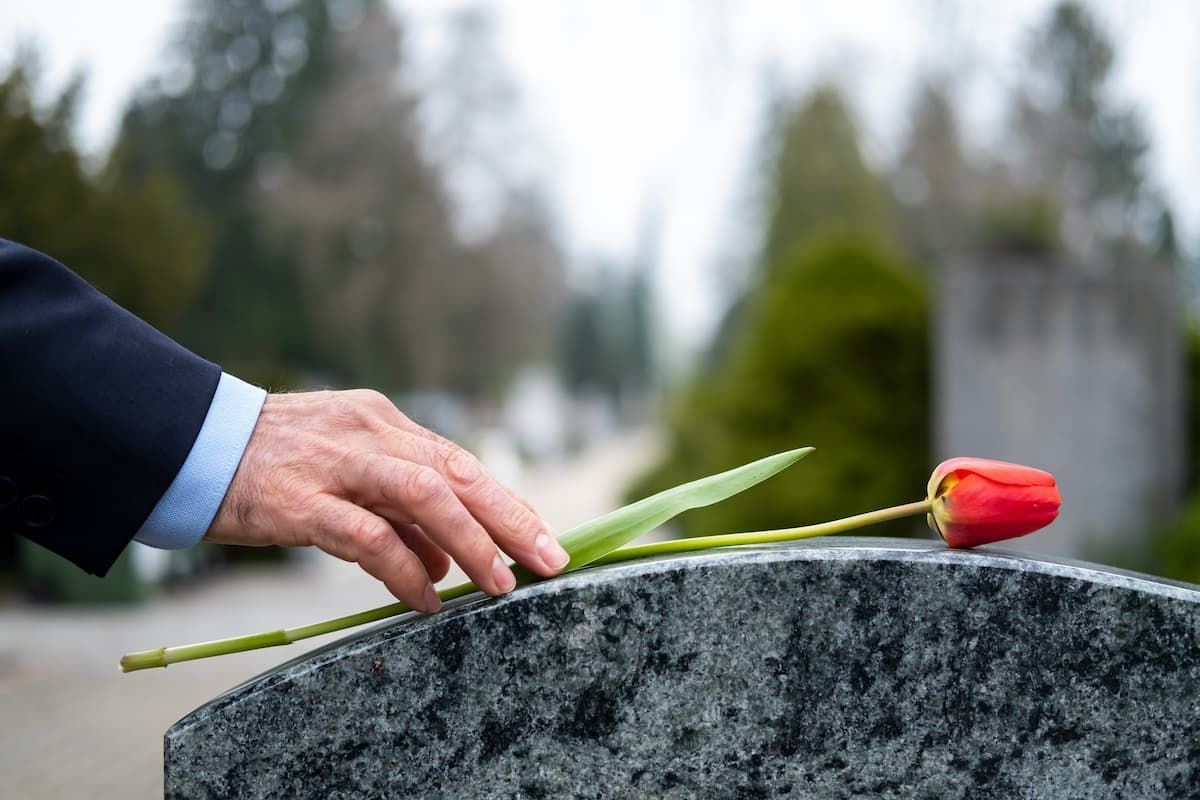Why vacations can help with grief

“We travel, initially, to lose ourselves; and we travel, next to find ourselves.” – Pico Iyer
Traveling can provide an insightful perspective into your life, but when you're grieving, that perspective often widens into something much more.
Grief can be isolating and lonely. Traveling can serve as a reminder to yourself that there is a whole world out there outside of the walls of your home and familiar places that may remind you of your loss.
A vacation may be the last thing on your mind. However, it can aid in your grieving journey by not forgetting that you are grieving but making it easier to remember good times with your loved one. We’ve come up with four ideal vacations to consider to enrich your heart and soul, melt away stress and have a deeply rejuvenating and meaningful adventure.
The Cruise Vacation
Being away at sea can be healing for grieving on both an emotional and health level. Nothing says adventure like booking a voyage and being whisked away on a ship to forget about real life for a week or so. On a cruise, you’ll be waited on hand and foot and have access to food around the clock, on board entertainment and an environment of elegance and fun.
Plenty of sunshine gives your body a Vitamin D dose, which boosts the immune system and offers natural anti-depressants from positive endorphins. Fresh ocean water also produces positive mental function and respiratory health.
As a big plus, there are cruise packages for every budget. You can book anything from a quick 3-day cruise to Mexico or the Caribbean, to a 14-day Alaskan or Mediterranean voyage.
The Therapeutic Vacation
While there is a time for adventure, for some the grieving journey calls for complete relaxation. In this case, an all-inclusive resort package in a tropical location may work wonders. Perhaps a more budget-friendly option is a getaway to a cabin or bed and breakfast?
Many people choose to book stays specializing in therapeutic relaxation and spa treatments. All of these are awesome options if you want to lower the cortisol levels in your body and enjoy the soothing relaxation of treating yourself.
In the United States, locations like Colorado Springs, Colorado, and Asheville, North Carolina can offer plenty of rest and relaxation. If you’re thinking of adding stamps to your passport, the Icelandic or Irish countryside can rejuvenate you.
The Physical Activity Vacation
Many people choose to grieve by engulfing themselves into rigorous physical activity. This is a great way to de-stress while improving your health and adding years to your life.
Some people might choose vacations with world-class fitness centers or challenges, while others prefer to embark on natural physical challenges including climbs, hikes, and trails. Climbing Japan’s Mt. Fuji not only to physically exert yourself but also to boost your emotional health through confronting and conquering a challenge. You’ll have stories for life when you decide to explore natural rainforests or go kayaking through British Columbia or New Zealand.
The Sight-Seeing Vacation
Taking in breathtaking monuments, structures or natural wonders do a lot to expand your horizons and touch your emotions. These vacations work to put life and the world into perspective, which is essential in any grief journey.
There are countless sights and landmarks to see. A trip to check out the Grand Canyon, Eiffel Tower, New York Skyscrapers, Swiss Alps, Great Wall of China, Pyramids of Africa and the list goes on. You’ll have great photo ops or just add to your life’s memory bank.
You can’t go wrong with any of these vacations. Comb through them to see which touch your heart and fill needs that will help your mental, physical and spiritual health.








